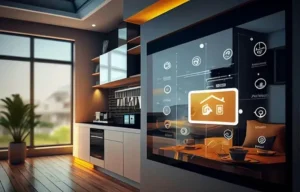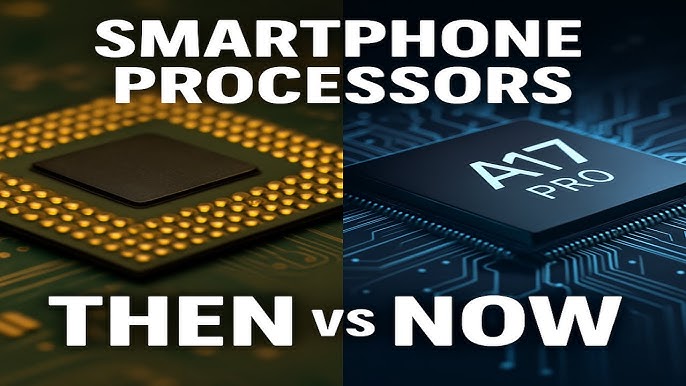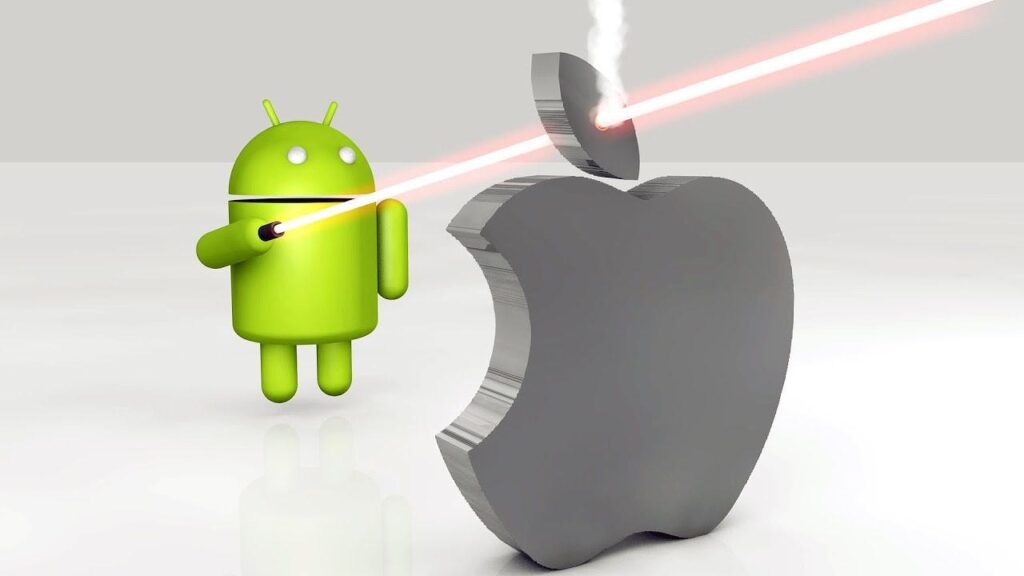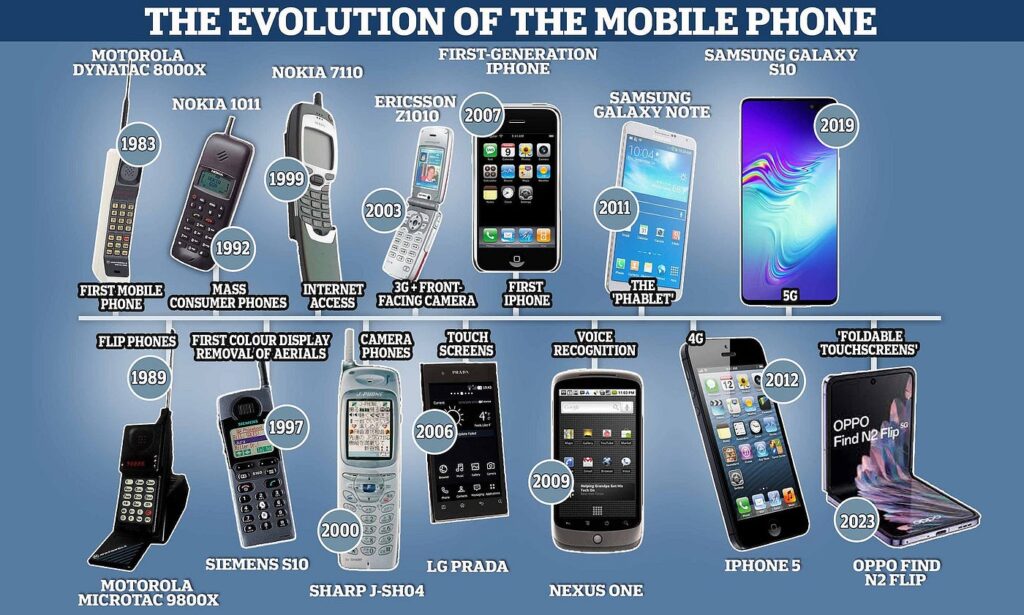In 2025, the smart home revolution is no longer a futuristic concept—it’s our reality. From AI-powered assistants to energy-saving devices, smart home gadgets are transforming how we live, work, and interact with our homes.
This guide explores the top smart home technologies in 2025, how they make life easier, and why investing in these gadgets is a game-changer for homeowners and renters alike.

What is a Smart Home?
A smart home is a residence equipped with internet-connected devices that automate, monitor, and control household functions such as lighting, security, heating, entertainment, and appliances.
Smart homes in 2025 go beyond convenience—they offer energy efficiency, safety, customization, and integration with artificial intelligence.
Why Smart Homes Are More Popular in 2025
-
Convenience: Control everything with your voice or smartphone.
-
Security: Advanced cameras, locks, and motion sensors for safer living.
-
Energy Savings: Smart thermostats and appliances reduce bills.
-
Personalization: AI learns your habits and adjusts settings automatically.
-
Sustainability: Eco-friendly gadgets support green living.
Top Smart Home Gadgets in 2025
Here’s a breakdown of the must-have smart home devices making life easier this year.
1. AI-Powered Virtual Assistants
Think of Amazon Alexa, Google Assistant, or Apple’s Siri 2.0—but smarter. In 2025, these AI assistants don’t just follow commands, they anticipate your needs.
-
Features: Predictive reminders, voice-controlled automation, personalized routines.
-
Benefits: Saves time by automating tasks like adjusting lights, ordering groceries, or setting reminders.
✅ Best for: Busy families and professionals.
2. Smart Thermostats
Devices like the Nest Learning Thermostat (2025 edition) learn your preferences and automatically adjust your home’s temperature for comfort and energy savings.
-
Features: AI-powered climate control, energy usage tracking, integration with solar panels.
-
Benefits: Reduces heating/cooling bills by up to 25%.
✅ Best for: Energy-conscious households.
3. Next-Gen Smart Security Systems
Smart security in 2025 has gone beyond cameras. Systems now include AI facial recognition, motion detection, and real-time alerts.
-
Examples: Ring Pro Max, Arlo AI Security Hub.
-
Features: Drones for home perimeter scanning, 360° video, two-way communication.
-
Benefits: Peace of mind and safer neighborhoods.
✅ Best for: Homeowners and frequent travelers.
4. Smart Lighting Systems
Lighting in 2025 adapts to your mood, schedule, and energy needs.
-
Examples: Philips Hue Ultra, LIFX Smart Strips.
-
Features: App and voice-controlled lighting, natural daylight simulation, energy-efficient LEDs.
-
Benefits: Improves sleep, productivity, and home aesthetics.
✅ Best for: Mood and ambiance control.
5. Smart Kitchen Appliances
From fridges that order groceries to ovens that cook meals perfectly, 2025 kitchens are powered by AI.
-
Examples: Samsung AI Fridge, LG Smart Oven Pro.
-
Features: Recipe suggestions, automatic grocery tracking, remote cooking.
-
Benefits: Saves time and reduces food waste.
✅ Best for: Foodies and busy households.
6. Robot Vacuums and Cleaners
Robot vacuums have become smarter with AI mapping, automatic emptying, and mopping functions.
-
Examples: iRobot Roomba Ultra, Roborock AI Mop+.
-
Features: Self-cleaning docks, smart room mapping, voice integration.
-
Benefits: Keeps your home spotless with zero effort.
✅ Best for: Families, pet owners, and busy individuals.
7. Smart Beds and Sleep Tech
Sleep technology in 2025 includes smart mattresses that adjust firmness and monitor your sleep patterns.
-
Examples: Eight Sleep Pod 4, Sleep Number AI Bed.
-
Features: Climate control, sleep tracking, snore detection.
-
Benefits: Improves sleep quality and overall health.
✅ Best for: Health-conscious users.
8. Smart Mirrors & Fitness Gadgets
Smart mirrors double as fitness coaches and health trackers in 2025.
-
Examples: Mirror AI 2.0, Tonal Smart Mirror.
-
Features: Guided workouts, real-time health insights, AI coaching.
-
Benefits: Brings the gym to your home.
✅ Best for: Fitness enthusiasts.
9. Smart Energy Systems
Homes in 2025 use AI-driven energy management systems to control solar panels, batteries, and appliances.
-
Examples: Tesla Powerwall 3, EcoFlow Smart Energy Hub.
-
Benefits: Reduce reliance on the grid and lower carbon footprint.
✅ Best for: Eco-conscious households.
10. Smart Entertainment Systems
Entertainment systems now integrate AI recommendations, immersive sound, and AR/VR capabilities.
-
Examples: Apple Vision Pro integration, Samsung Smart Hologram TVs.
-
Features: Voice-controlled AR/VR experiences, holographic displays.
-
Benefits: Immersive home theater experience.
✅ Best for: Movie lovers and gamers.
How Smart Homes Make Life Easier
-
Time-Saving: Automates repetitive tasks.
-
Cost-Efficient: Saves money on energy bills.
-
Health Benefits: Sleep tracking, air quality monitoring, and fitness gadgets.
-
Increased Safety: Real-time monitoring and automated emergency alerts.
-
Sustainability: Eco-friendly systems reduce waste and energy use.
Challenges of Smart Homes in 2025
-
Privacy Concerns: Data collection by AI assistants.
-
Cost: Advanced gadgets can be expensive.
-
Compatibility: Devices from different brands may not integrate seamlessly.
-
Cybersecurity Risks: Smart homes are targets for hackers.
Future of Smart Homes Beyond 2025
Looking ahead:
-
Holographic assistants will replace voice-only AI.
-
Full AI integration where homes make decisions for you.
-
Green tech dominance with fully sustainable smart houses.
-
Global IoT networks connecting smart homes across cities.
Final Verdict: Smart Homes in 2025
Smart homes in 2025 are not just about luxury—they’re about practicality, safety, and sustainability. Whether it’s a smart fridge that restocks your groceries, a robot vacuum that keeps your house spotless, or AI-powered assistants that anticipate your needs, these gadgets are designed to make life easier, safer, and more efficient.
For homeowners, smart devices are an investment in convenience and long-term savings, while for renters, they’re a step into a more connected future.
So, the question is no longer “Should I make my home smart?” but rather “How smart do I want my home to be?”


